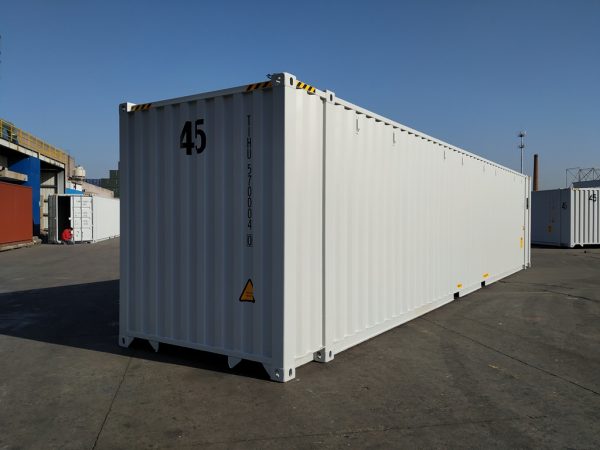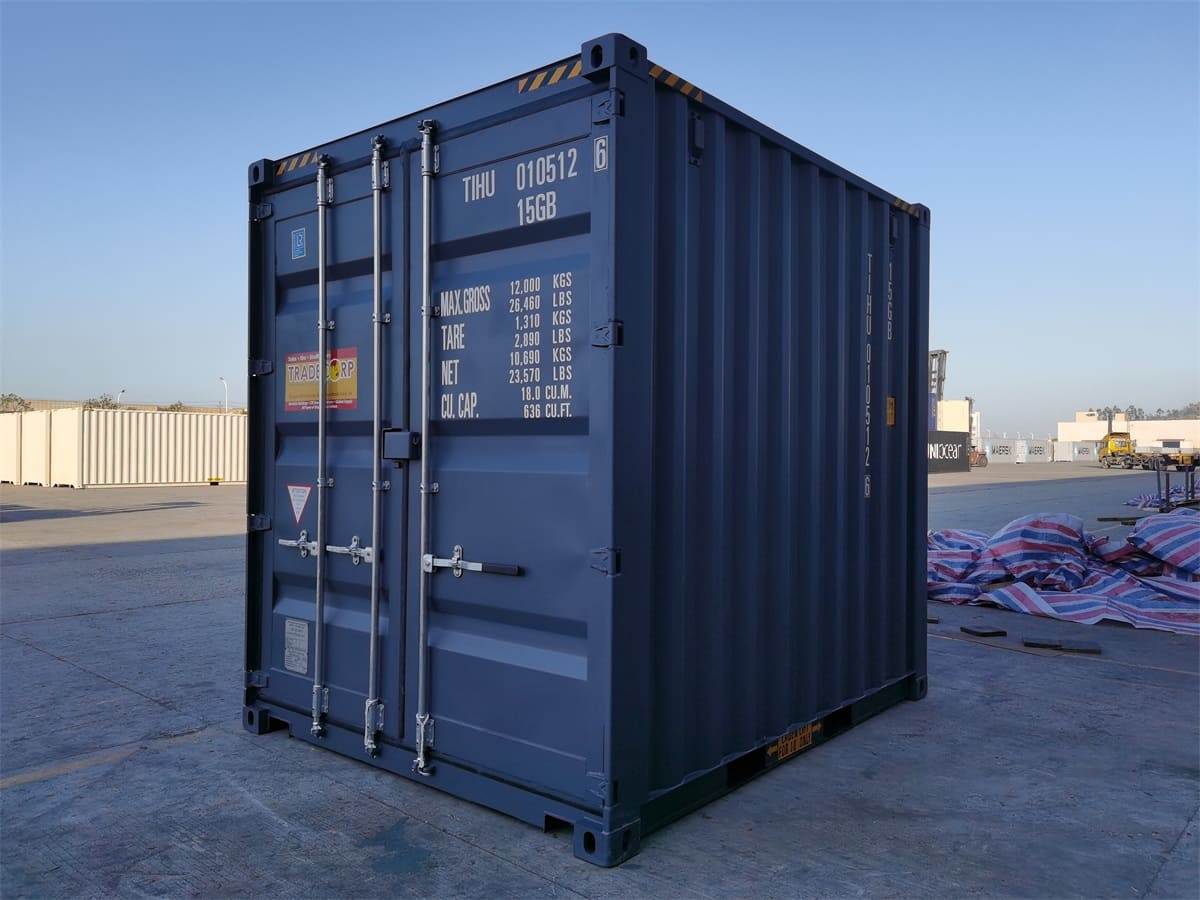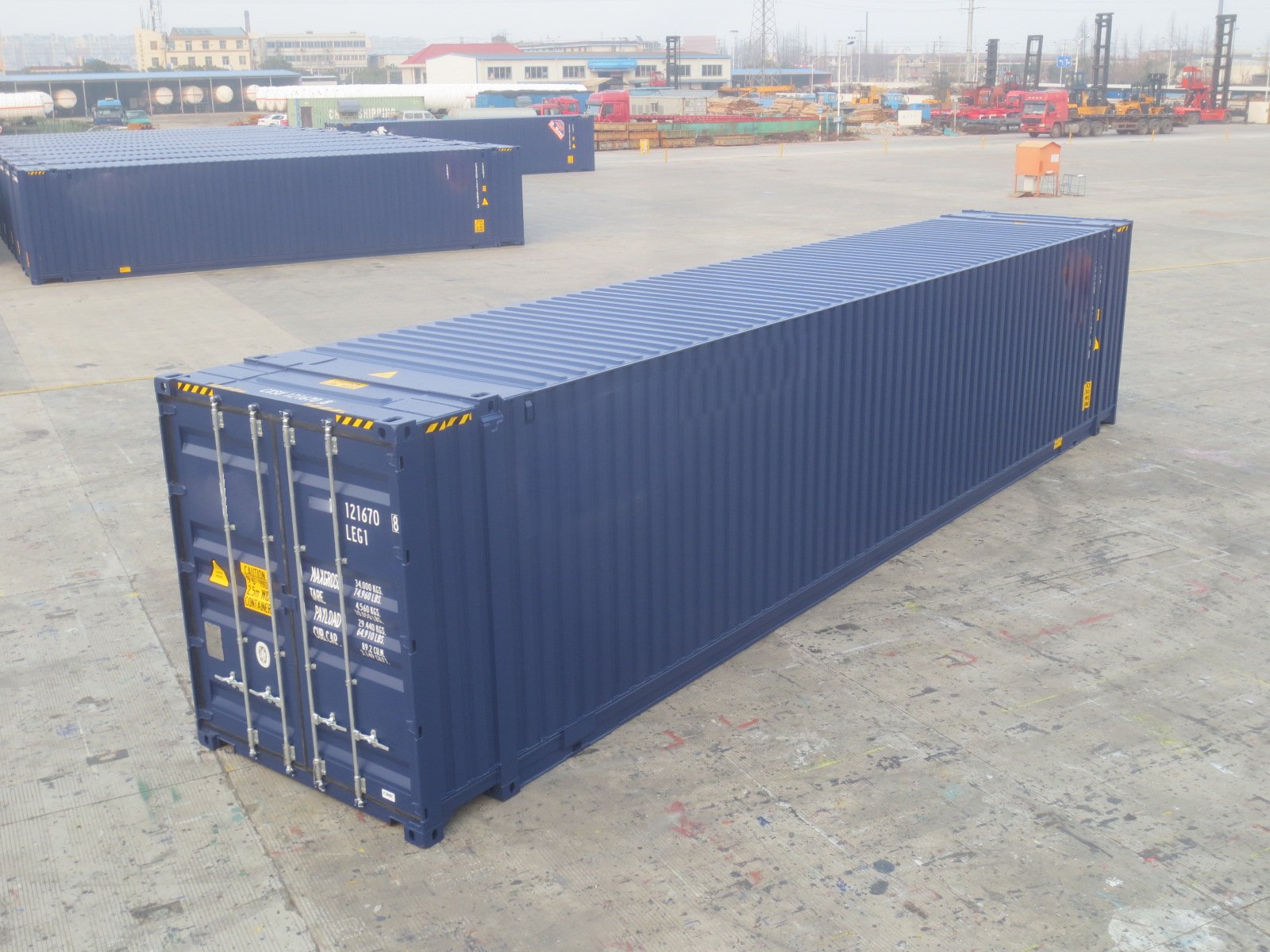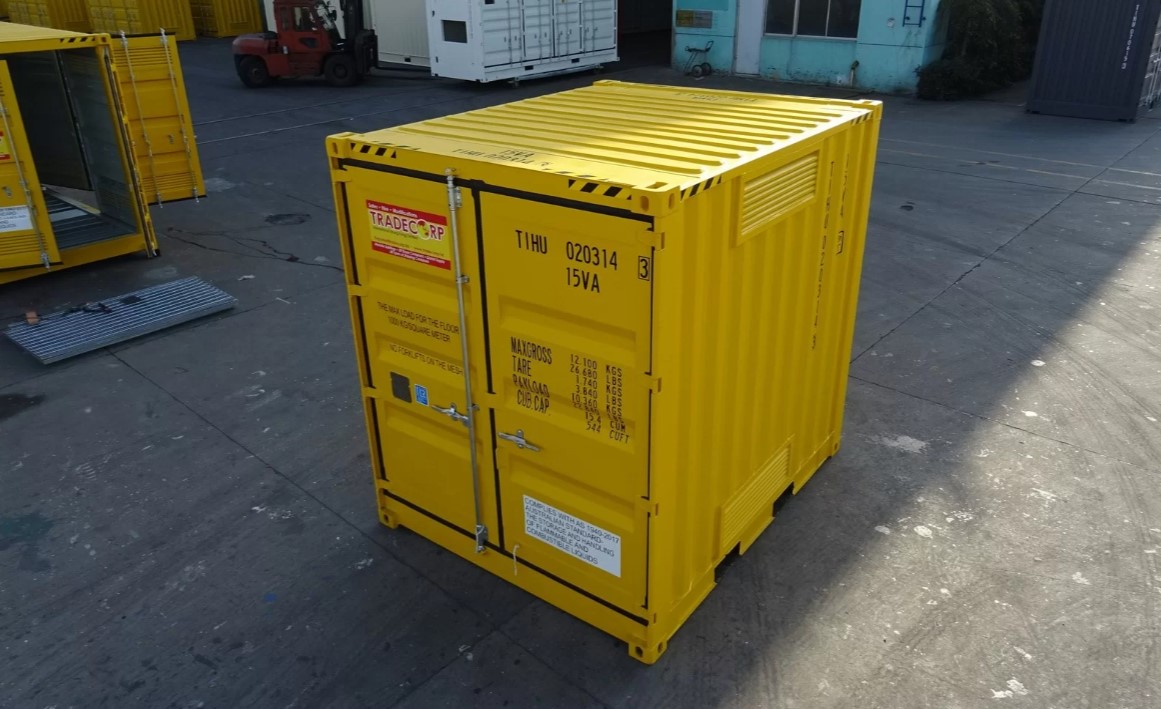Before using pallets to support your cargo’s foundation during shipment, you should of how many pallets in shipping containers that can fit inside – especially if they’re the uncommon sizes.
While it’s common to find info on counting how many pallets in shipping containers of the 20′ and 40′ variants, finding similar info for 10′ and 16′ containers may not be that easy.
Then count yourself lucky! Today, Tradecorp will explain how many pallets you can fit in non-standard size shipping containers to help you maximize the use of these containers.
Also Read: Shipping Container Venting FAQs – Important Info and Tips
Non-standard Container Sizes

When people think of shipping containers, the classic 20-foot and 40-foot boxes usually first come to mind. However, there are more sizes other than these two!
Non-standard sizes like 10-foot, 16-foot, 45-foot, and 53-foot containers are surprisingly becoming more popular because they can cover places the 20′ and 40′ variants can’t.
Unlike the standard sizes, the non-standard sizes offer unique advantages when dealing with tight urban spaces, oversized cargo, or just needing some extra room.
However, the question for these non-standard containers is still the same:
“How many pallets fit in shipping containers, especially if the containers are these sizes?”
Since pallets are the backbone of efficient shipping and warehousing, knowing your container’s pallet capacity is key to planning, cost control, and maximizing every inch of space.
How Many Pallets Fit in Containers with Non-standard Sizes
Before we dive into the specifics, let’s get on the same page about pallet sizes:
- Standard (North American) pallet: 48” x 40” (1.016m x 1.219m)
- Euro pallet: 47.24” x 31.5” (1.2m x 0.8m)
The number of pallets you can fit depends on the container’s internal dimensions and how you load them (single layer, double-stacked, pinwheel pattern, etc.).
After this, we’ll focus on single-layer, floor-loaded pallets to simplify the calculation process.
10-foot Container

The 10-foot shipping container is a compact option, perfect for urban sites, small businesses, or anyone with limited space. You’ll often see them used for secure storage or tight delivery locations.
How many pallets fit?
- Standard pallets: 4
- Euro pallets: 5
Here, the 10′ container is just enough to fit four standard 48” x 40” pallets in a single layer. If you’re using Euro pallets, which are a bit narrower, you can squeeze in five.
If you want to maximize the container’s space, here are some tested tips:
- Use shelving to take advantage of vertical space if your cargo isn’t too heavy.
- Load heavier pallets at the bottom if stacking is possible, but check weight limits.
- Remember, these small containers are rarely used for ocean freight but are great for localized storage or quick moves.
Today, 10-foot containers are also popular for pop-up shops, mobile offices, and on-site tool storage because of their manageability and ease of placement.
Their compact size makes them easy to deliver and relocate with a small forklift or crane, making them a favorite for urban construction sites or events.
16-foot Container
The 16-foot container is a bit of a “Goldilocks” option – not too big or too small, and popular for mid-sized storage needs, pop-up shops, or as a flexible warehouse extension!
How many pallets fit?
- Standard pallets: 6
- Euro pallets: 7 to 8
A 16-foot container can accommodate up to six standard 48” x 40” pallets, or about seven to eight Euro pallets, thanks to the Euro’s slimmer width.
Because of that, it’s a smart choice for businesses that need more space than a 10-footer but don’t want to jump to a 20- or 40-foot container.
Here’s how to optimize your space usage when using the container:
- Stack boxes or use racking to fill vertical space.
- Disassemble large items or furniture to fit more on each pallet.
- Fill gaps with smaller items like soft goods or loose inventory to prevent shifting during transit.
16-foot containers are also a hit with moving companies and seasonal businesses. They offer just enough extra space for furniture, retail inventory, or equipment without the cost and logistics of a full-size container. Their unique size is great for residential moves or as overflow storage during busy periods.
45-foot Container

The 45-foot high-cube container is a giant in the shipping world, offering extra length and height compared to the standard 40-footer. It’s a favorite for bulkier shipments, oversized goods, or when you need to maximize every square foot.
How many pallets fit?
- Standard pallets: 26
- Euro pallets: 44
You can fit up to 26 standard 48” x 40” pallets in a 45-foot container, or 33 Euro pallets. The extra length and high-cube height (usually 9’6”) mean you can fit more cargo, especially if you’re stacking or using pallet racking systems.
If you want to use this container instead of the other sizes, be sure to know the following to maximize the container’s use:
- Use proper loading techniques to prevent pallet damage and ensure safe transport.
- Consider pallet racking if you need to double-stack or want to organize your load for easy access.
- 45-foot containers are versatile and used in industries like retail, automotive, and agriculture.
53-foot Container
The 53-foot container is a North American powerhouse, commonly used for domestic trucking and rail, but less so for international ocean shipping. It’s the go-to for high-volume, non-perishable goods and large-scale logistics operations.
How many pallets fit?
- Standard pallets: 30 to 32 (single layer)
- Euro pallets: Up to 32 (depending on loading pattern)
A standard 53-foot container can fit about 30 to 32 standard 48” x 40” pallets in a single layer. If you’re creative with your loading pattern (like pinwheeling or double-stacking), you might fit even more, especially with lighter goods.
In case you’re wondering why some people choose this container size, here are its benefits:
- They have more usable space than any other standard container, making them ideal for bulk shipments.
- With a maximum payload of around 58,000 pounds, they can handle heavy loads – just be mindful of road and bridge weight limits.
- Double-stacking or using cargo planning software can push capacity even higher (sometimes 60+ pallets for lightweight goods).
However, you must note that not all ports or countries accept 53-foot containers for international shipping, so always check for regulations and infrastructure compatibility before using these containers.
Nonetheless, you can use 53-foot containers for pop-up warehouses, mobile distribution centers, and modular offices or homes because of their considerable internal space.
Also Read: Profile, Benefits, and Uses of 16-foot Shipping Containers
Conclusion
With the knowledge of knowing how many pallets in shipping containers that you can fit, using non-standard size shipping containers from the 16′ to 53′ variants will be a cake. If you need the containers of these sizes, contact Tradecorp today! With their durable construction and exacting specifications, Tradecorp ensures all its container products to meet all industrial needs.


